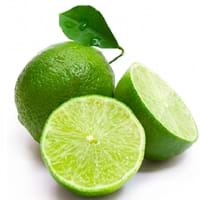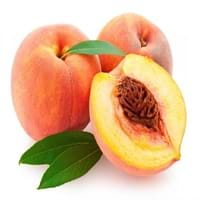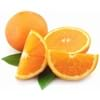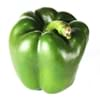Health Benefits
Arthritis treatment, Cholera treatment, Gout treatment, Heart care, Piles treatment, Scurvy treatment
Cancer prevention, Heart care, Improves eye vision, Reduces stress, Regulation of heart rate
General Benefits
Cures fever, Digestive aid, Eye care, Maintains healthy cholesterol level, Treatment of common cold
Anti oxidant properties, Eye care
Skin Benefits
Anti-aging benefits, Skin rejuvenation, Treatment of acne, Treatment of dark spots
Heals sunburn, Reduces wrinkles, Treatment of skin diseases
Hair Benefits
Promotes longer and healthier hair, Treatment of dandruff
Prevents hair loss
Allergy Symptoms
Breathing difficulty, Coughing, Eye irritation, Hives, Inflammation, Nasal congestion, Runny nose, Skin rash, Wheezing
Abdominal pains, Anaphylaxis, Breathing difficulty, Diarrhea, Dizziness, Hives, Itching, Lightheadedness, Nasal congestion, Nausea, Swelling of mouth, tongue or lips, Tingling sensation in mouth, Vomiting, Wheezing
Side Effects
Chances of sunburn
Allergic reaction
Best Time to Eat
Along with meal, Best to drink warm water with lime on an empty stomach, Don't consume at night and before bed
As a snack in the late afternoon, Eat the fresh ones, avoid mixing with any other foods, don't eat after meal., Morning time (before lunch)
Vitamin B5 (Pantothenic Acid)
Vitamin C (Ascorbic Acid)
Vitamin K (Phyllochinone)
Phytosterol
Not Available
Calories in Fresh Fruit with Peel
Not Available
Calories in Fresh Fruit without Peel
Not Available
Calories in Frozen Form
Not Available
Calories in Dried Form
Not Available
Type
Citrus, Tree fruit
Tree fruit
Season
All seasons
Autumn, Summer
Varieties
Key lime, Persian lime, Kaffir lime, Desert lime, Palestine Sweet Lime, Mexican Sweet Lime, Mary Ellen Sweet Lime
Reliance, Sweet Scarlet, Spring Snow, Sugar May, Santa Rosa, Red Beauty, Glowhaven, Cresthaven and Redhaven Peaches
Color
Green
Pink, Red, White, Yellow, Yellowish-orange
Inside Color
Light Green
Yellow
Soil Type
Clay loam, Sandy loam
Sandy loam, Well-drained
Climatic Conditions
Sunny, Warm to hot climate
Cold, Warm
Facts about
- Lime is the called as the powerhouse of flavors.
- Fresh lime juice is so acidic that it can dissolve concrete.
- Limes are more fragrant and acidic than lemons.
- Persian limes are almost seedless and thorn less.
- In china, peaches are considered as a symbol of good luck.
- From 1982, august is National peach month in USA.
- In roman times, Peaches were also called as Persian apples, as people assumed that they originated from Persia.
Other Countries
Argentina, Brazil, India, Mexico
Greece, Italy, Spain, United States of America
Top Importer
United States of America
Germany
Top Exporter
Mexico
Spain
Botanical Name
Citrus aurantifolia
Prunus persica
Synonym
not available
Not Available
Subkingdom
Tracheobionta
Tracheobionta
Division
Magnoliophyta
Magnoliophyta
Class
Magnoliopsida
Magnoliopsida
Species
C. aurantifolia
P. persica
Generic Group
Citrus fruit
Rose
Difference Between Lime and Peach
We might think that Lime and Peach are similar with respect to nutritional value and health benefits. But the nutrient content of both fruits is different. Lime and Peach Facts such as their taste, shape, color, and size are also distinct. The difference between Lime and Peach is explained here.
The amount of calories in 100 gm of fresh Lime and Peach with peel is Not Available and 39.00 kcal and the amount of calories without peel is 30.00 kcal and Not Available respectively. Thus, Lime and Peach belong to Low Calorie Fruits and Low Calorie Fruits category.These fruits might or might not differ with respect to their scientific classification. The order of Lime and Peach is Sapindales and Rosales respectively. Lime belongs to Rutaceae family and Peach belongs to Rosaceae family. Lime belongs to Citrus genus of C. aurantifolia species and Peach belongs to Prunus genus of P. persica species. Beings plants, both fruits belong to Plantae Kingdom.









